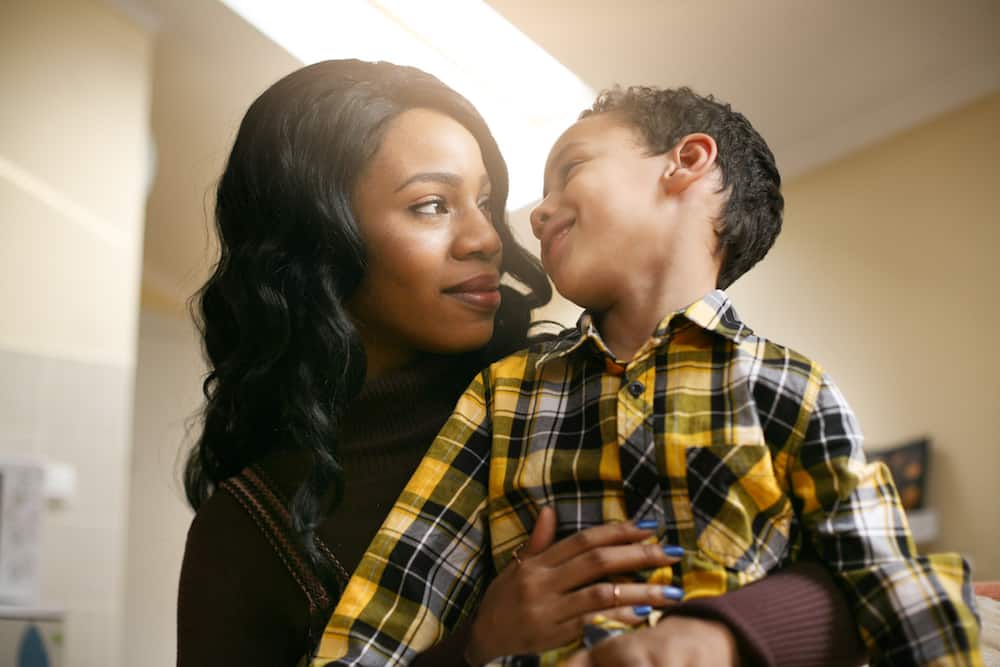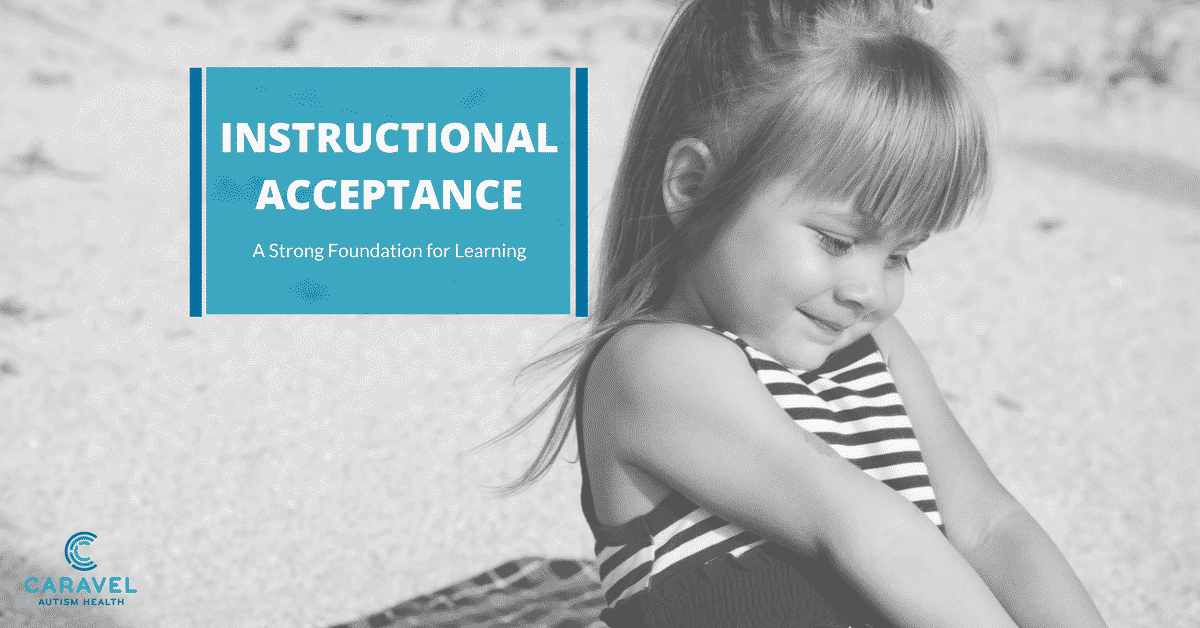Caravel behavior therapists can spend up to 30 hours each week providing in-home ABA therapy to young children with autism. One thing these therapists hear frequently from parents once they leave is that the child is not responding to parents in the same way that he or she responds to the therapists. That reality can often be attributed to the difficulty children with autism have with what’s called “generalization.”
What Is Generalization?
Generalization is the transfer of learning from one scenario to another, explains Caravel’s Cheri Burkart, MS, Psychometrist. “A behavior that has been taught in the presence of a particular stimulus does not necessarily transfer without that stimulus present,” explains Burkart. “That stimulus could be a child’s therapist, the place in which the behavior was learned, or a physical item. Because children with autism learn differently, we need to have different people give the same instruction to a child. This allows the child to ‘transfer’ that learning in the presence of someone else.”
Difficulty with generalization is why Caravel’s therapists make a point to work with children in varied environments. “It’s one thing for a child to master a skill while sitting across the table from his/her behavior specialist in the typical home-based therapy space,” explains Burkart. “What we then need to do is to move around the house, go outside, and into other spaces to ensure that the child will maintain that skill outside of the therapy environment. We need to help the child understand how to transfer that learning across locations or in the presence of other people. By layering in distraction, we help them develop and maintain that skill.”
How Can Parents Help?
The process of learning has an extra layer of complexity for children with autism. Parents can foster their progress in many ways. Here are several ideas that can help shape the learning dynamic and set the stage for success:
- Read up on how children with autism learn differently – and why it’s important to understand how to help them “transfer” what they’re learning.
- Be fully present when you are participating in your child’s in-home therapy sessions. Set your smartphone – or anything else that could distract you – aside so that you can focus on what’s happening.
- Enroll in parent-therapist training where it’s available.
- Tap into resources like the Autism Society to share your experiences, your challenges, and solutions that have worked for your family.
Interested in learning more about autism therapy from Caravel? Contact us today to learn more.





